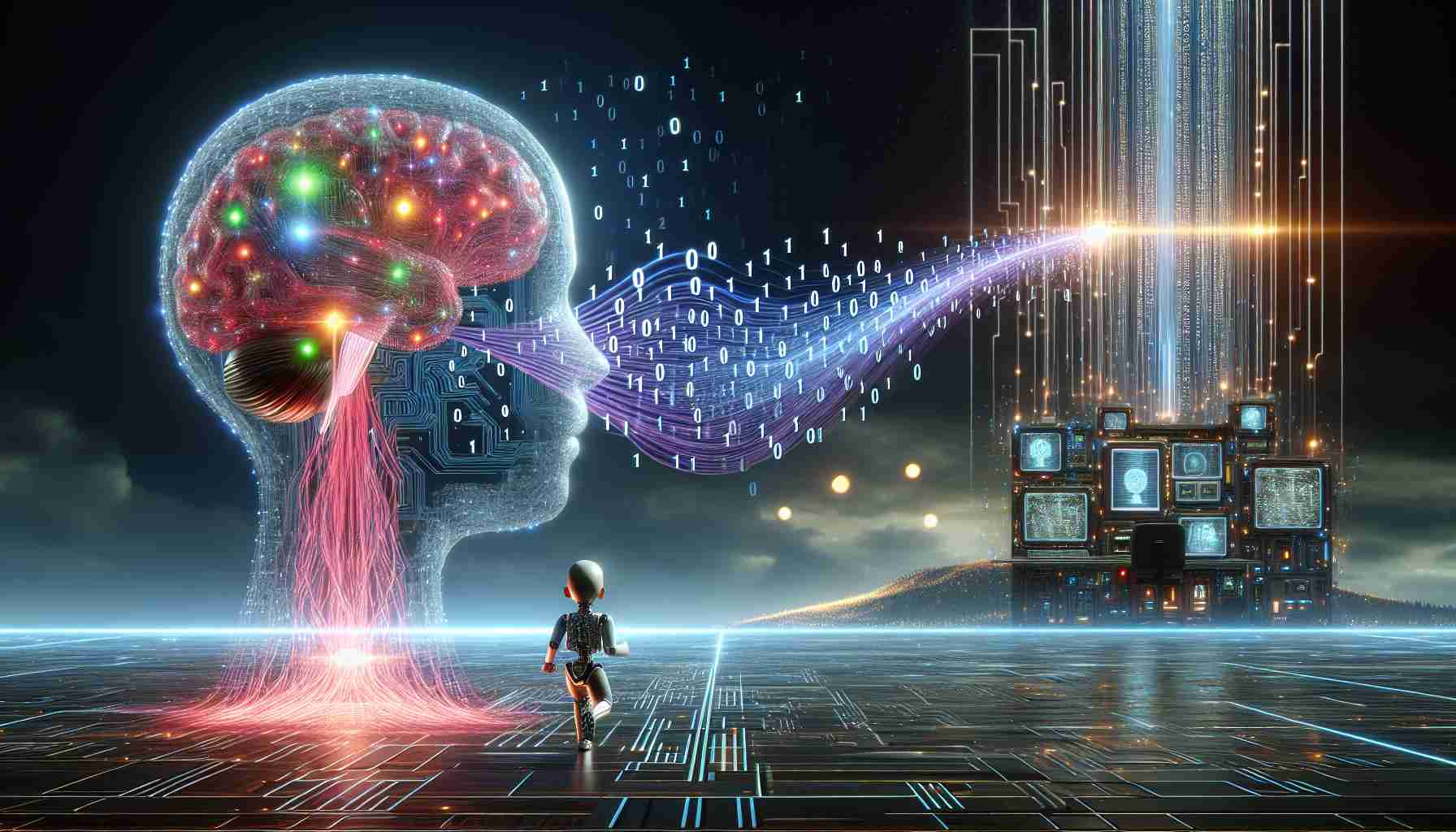An AI model’s ability to learn like a human child has been a topic of interest for researchers at New York University. While large language models require vast amounts of data, even up to a trillion words, babies demonstrate remarkable learning capabilities with limited exposure. The team set out to explore if AI could replicate this efficient learning process by using the sights and sounds experienced by a single child during their language development.
The researchers gathered 61 hours of video footage from a helmet camera worn by a child named Sam from Adelaide, Australia. Sam wore the camera for one and a half years, capturing his environment, interactions, and moments of attention during only 1% of his waking hours. This unique dataset served as a window into Sam’s language learning journey, providing valuable insights into the limited amount of information available to a child.
To train the AI model, the researchers paired 600,000 video frames with the corresponding spoken phrases from Sam’s parents or others present in the room. These 37,500 “utterances” allowed the model to associate words with the objects they represent. The model was guided by two cues: when objects and words occurred together, it indicated a potential match, while their absence signaled a likely mismatch. With this approach, the AI model successfully learned to connect words with objects—a task that is more complex than it may seem due to the numerous possible interpretations of each word.
While the study sheds light on the learnability of language from a limited dataset, it also highlights that vocabulary acquisition is only one aspect of language learning. Language rules and syntax pose additional challenges that the AI model has yet to overcome. However, replicating children’s learning abilities more closely could lead to more efficient AI models and a deeper understanding of human learning and development.
The next steps for the researchers involve refining the model’s learning process to better resemble early language acquisition in children. This may involve providing additional data or incorporating factors such as parental gaze or an understanding of object solidity. By bridging the gap between AI and child-like learning, the researchers aim to create models that learn more like humans, potentially revolutionizing the efficiency and effectiveness of AI-driven systems.
FAQ Section:
The source of the article is from the blog foodnext.nl
